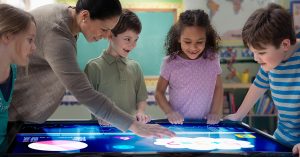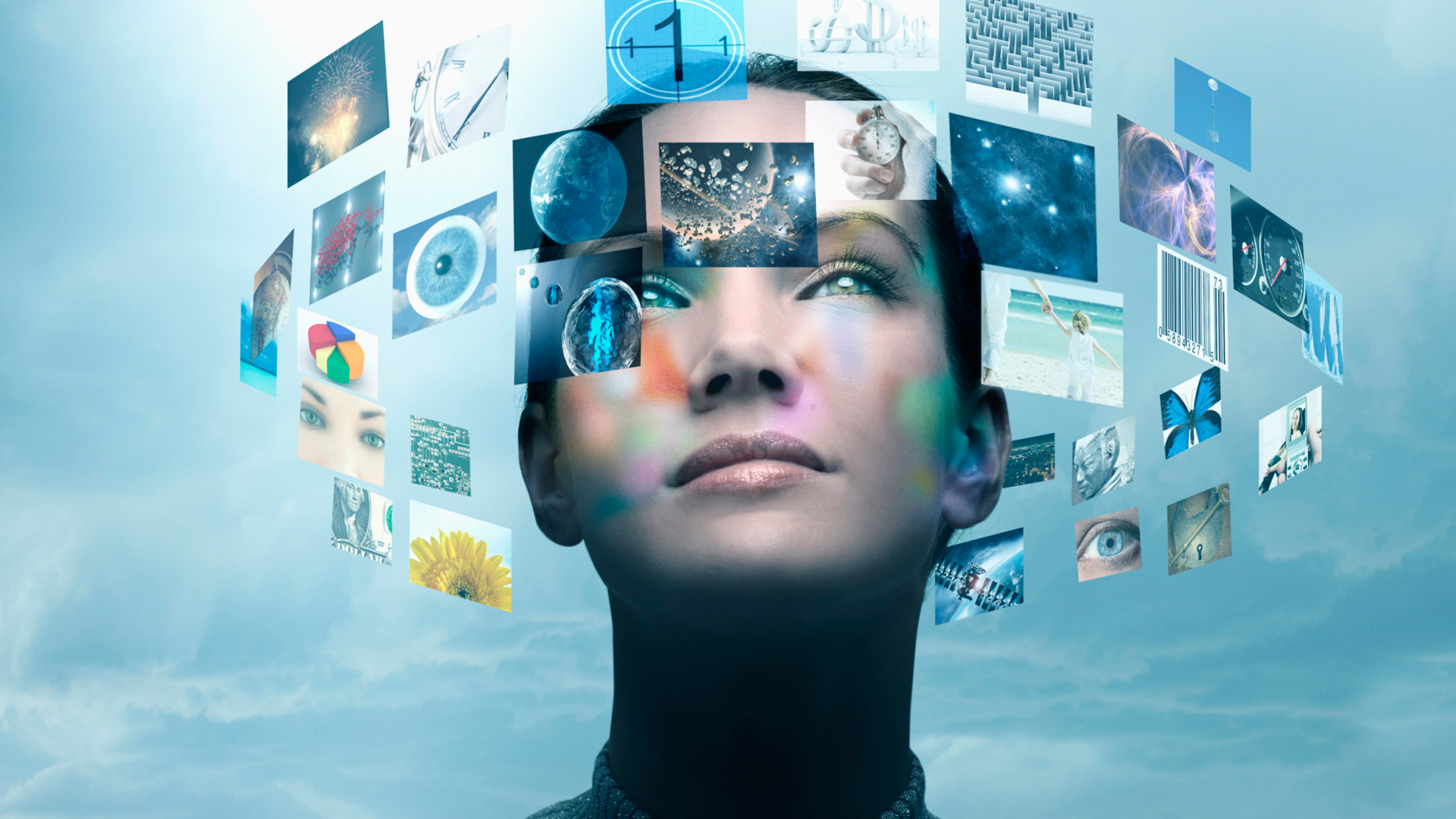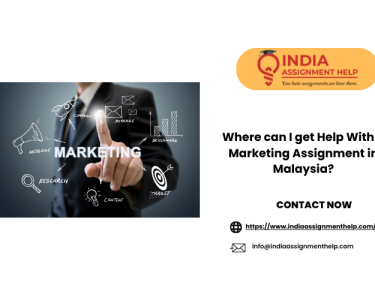Introduction:
Importance of Future-Focused Education:
Future-focused education is essential as it equips students with the necessary skills to navigate an ever-changing landscape. In a world driven by technology and innovation, the ability to adapt and learn continuously is paramount. By fostering critical thinking, creativity, and problem-solving skills, future-focused edu prepares students to tackle the challenges of tomorrow effectively.
Key Components of Future-Focused Education:

Integrating technology into the classroom enhances learning experiences and prepares students for the digital age. From interactive whiteboards to educational apps, technology provides new avenues for engagement and exploration. Project-based learning immerses students in real-world scenarios, encouraging collaboration, critical thinking, and creativity. By working on projects that address authentic problems, students develop a deeper understanding of concepts and acquire valuable skills.
Personalized Learning Experiences:
Every student has unique learning needs and preferences. Personalized learning tailors instruction to individual students, allowing them to learn at their own pace and in ways that resonate with them. This approach promotes student autonomy and enhances learning outcomes. Despite its benefits, implementing future-focused education poses several challenges.
Addressing Challenges and Barriers:
While the Innovate to Educate: The Future-Focused Approach offers numerous benefits, it also presents challenges and barriers to implementation. From limited resources to resistance to change, educators may encounter various obstacles on the journey to innovation. However, by fostering a culture of continuous improvement and collaboration, schools can overcome these challenges and create learning environments that inspire creativity, curiosity, and lifelong learning.
Resistance to Change:

Traditional education systems are deeply ingrained and resistant to change. Educators, parents, and policymakers may be hesitant to adopt new approaches due to fear of the unknown or reluctance to deviate from established practices.Effective implementation of future-focused education requires robust infrastructure, including access to technology, well-equipped classrooms, and reliable internet connectivity. Inadequate resources can hinder the adoption of innovative teaching methods.
Strategies for Successful Implementation:
Overcoming the challenges of implementing future-focused education requires a concerted effort from all stakeholders. Equipping educators with the knowledge and skills needed to implement future-focused edu is crucial. Professional development programs should focus on pedagogical approaches, technology integration, and adapting teaching methods to meet the needs of diverse learners.
Collaboration Between Stakeholders:
Collaboration between educators, administrators, parents, and policymakers is essential for successful implementation. By working together, stakeholders can align goals, share resources, and address challenges collectively. Several schools and programs around the world are leading the way in implementing future-focused education.
Innovative Schools and Programs:

Schools such as High Tech High in California and the Singapore American School have embraced future-focused education principles, incorporating project-based learning, technology integration, and personalized learning experiences into their curriculum. These institutions serve as models of innovation and excellence in education.
Conclusion:
From vision to reality, implementing future-focused education requires dedication, collaboration, and a willingness to embrace change. By prioritizing the development of critical thinking, creativity, and adaptability, educators can prepare students to thrive in an uncertain future.
________________________________________________________________________________________
FAQs:
What sets future-focused edu apart from traditional education?
Future-focused edu emphasizes skills such as critical thinking, creativity, and adaptability, whereas traditional education often prioritizes rote memorization and standardized testing.
How can parents support future-focused edu at home?
Parents can encourage curiosity, exploration, and problem-solving skills by providing opportunities for hands-on learning, exposing their children to diverse experiences, and fostering a growth mindset.
Are there any drawbacks to future-focused edu?
While future-focused edu offers many benefits, some critics argue that it may neglect foundational knowledge and essential academic skills. However, proponents believe that these skills can be integrated into future-focused curricula through thoughtful design and implementation.
What role does technology play in future-focused edu?
Technology serves as a valuable tool in future-focused edu, facilitating personalized learning experiences, collaboration, and access to information. However, it is essential to use technology thoughtfully and responsibly to maximize its benefits.
How can policymakers support the implementation of future-focused edu?
Policymakers can support future-focused edu by allocating resources for professional development, investing in infrastructure, and promoting policies that prioritize innovation and flexibility in education.




